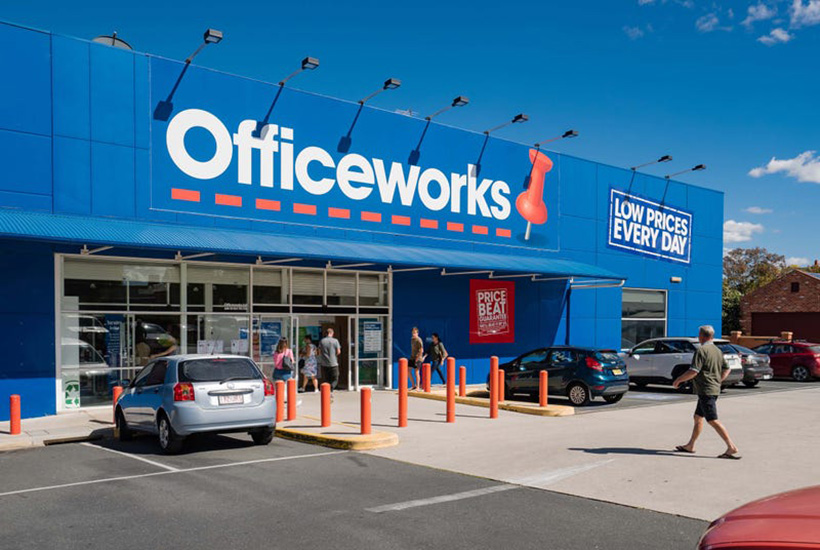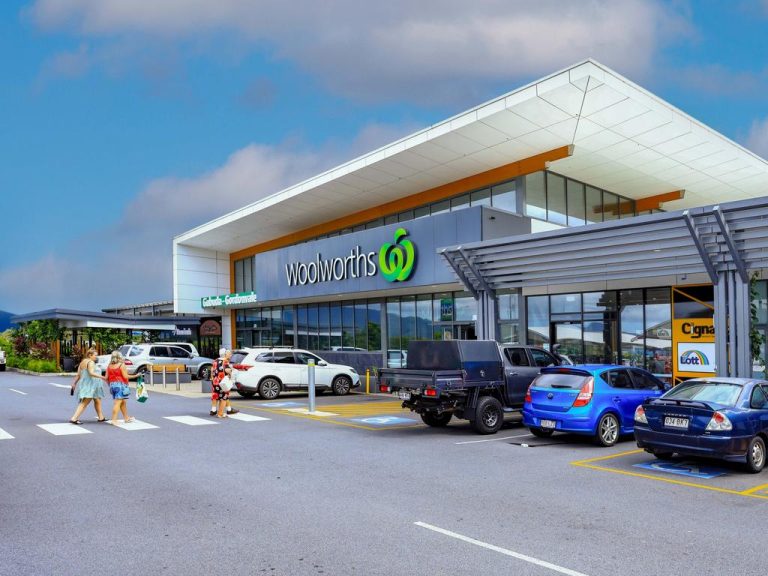Spending on household goods slowing, impacting demand for retail real estate

Large format retail real estate, also known as showrooms or bulky goods, has arguably been the strongest performing retail property class over recent years.
In contrast to many discretionary retailers that were hard hit by lockdowns, the pandemic created a set of conditions that bolstered demand for the kinds of businesses that occupy large format.
Take Bunnings and Officeworks for example – businesses that saw revenues rise over 2020 off the back of a jump in renovation activity and a growing need for home offices.
Retail spending on household goods was 17% higher in 2020 compared to 2019, according to the Australian Bureau of Statistics, which was the strongest growth seen in any retail industry group.
And while household goods spending was able to hit even further highs in 2021, this year it has started to contract. The latest spending data from the Australian Bureau of Statistics shows that household goods retailing fell by 1.1% between June and July and was the only retail sector to record a fall.
While such a small decline seems insubstantial, it masks a larger drop in demand than initially apparent. This is because headline retail spend figures do not adjust for inflation.
As with many other categories of goods, supply chain disruptions and shortages have driven significant price rises. As a component of CPI, the category ‘furnishings, household equipment and services’ increased by 6.3% year-on-year to June, above the level seen in other retail categories.

Large format retail stores sell some of the more expensive items consumers purchase. Picture: realcommercial.com.au/for-sale
In other words, the total amount spent on household goods has declined despite significant price increases.
The kinds of goods sold by businesses occupying large format retail centres tend to be among the most expensive items purchased by consumers, think furniture, technology, and white goods.
In a sign that spending in this category could decline further, Westpac’s survey of consumer sentiment shows that the ‘time to buy a major household item’ index fell by 23% over the 12 months to September and is sitting well under historic average levels.
This is a symptom of the lower consumer sentiment Australia is seeing more generally due to high inflation and rising interest rates.
Looking at the current number of businesses actively seeking to lease large format real estate suggests we could see further slowing in the sector.
On realcommercial.com.au, the number of searches and enquiries to lease large format peaked in March this year but has since been trending downwards.
Investors are also showing more hesitancy, with buy searches and enquiries also trending down.
While a decline in spending on household goods from the peaks seen during the pandemic-induced boom is unsurprising, other headwinds are emerging. Cost of living pressures are leading consumers to curtail spending, and household goods retailers are already taking a hit.







